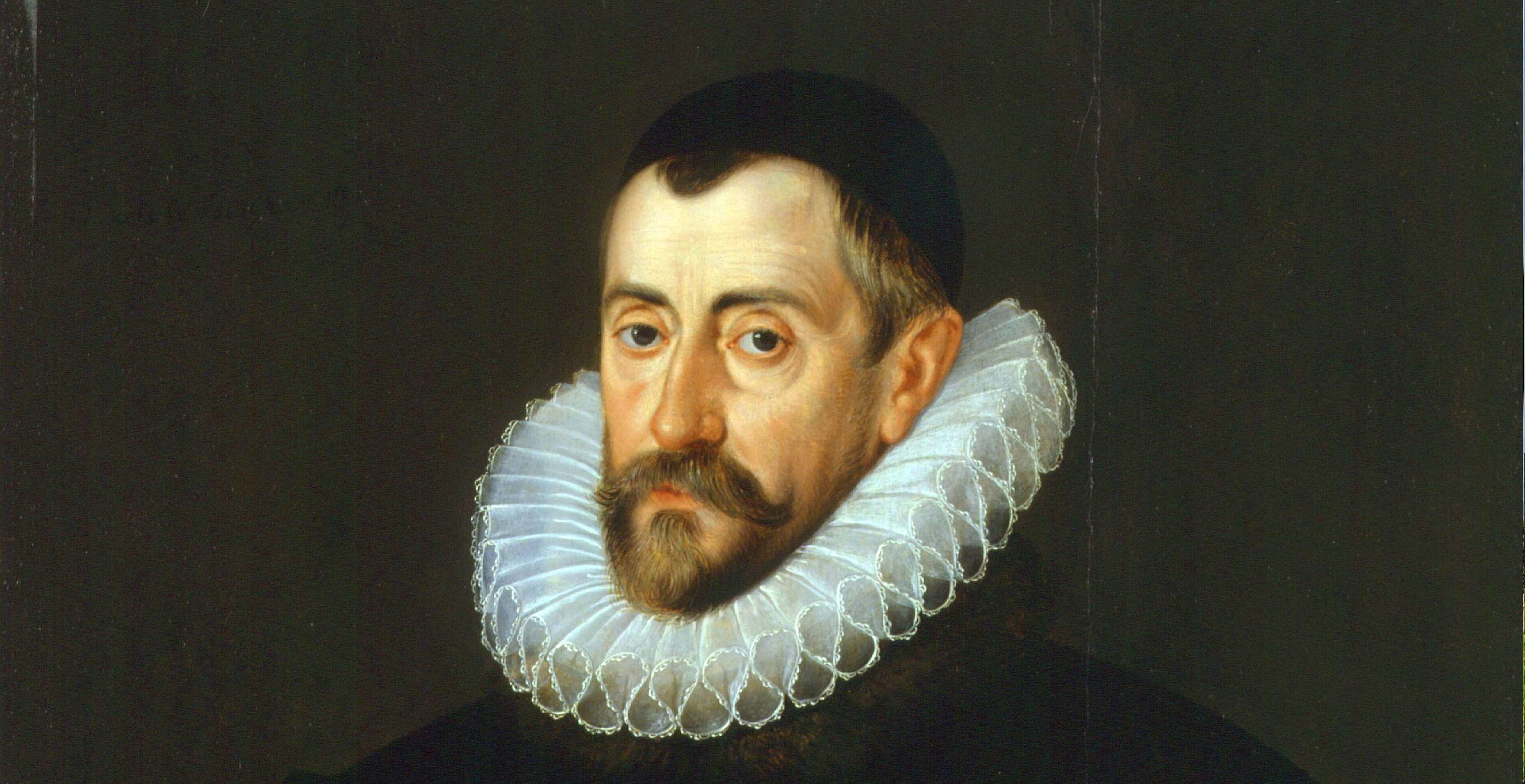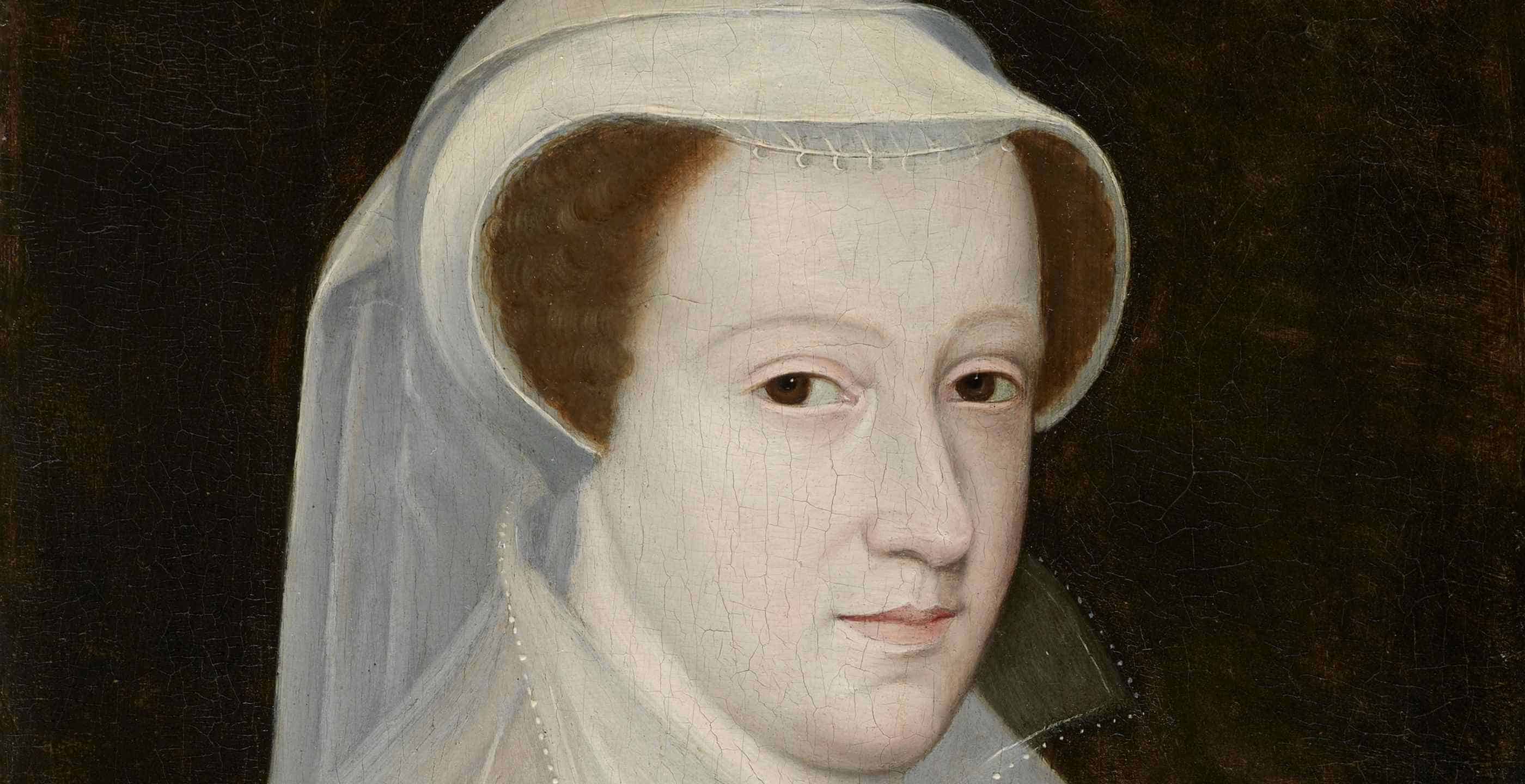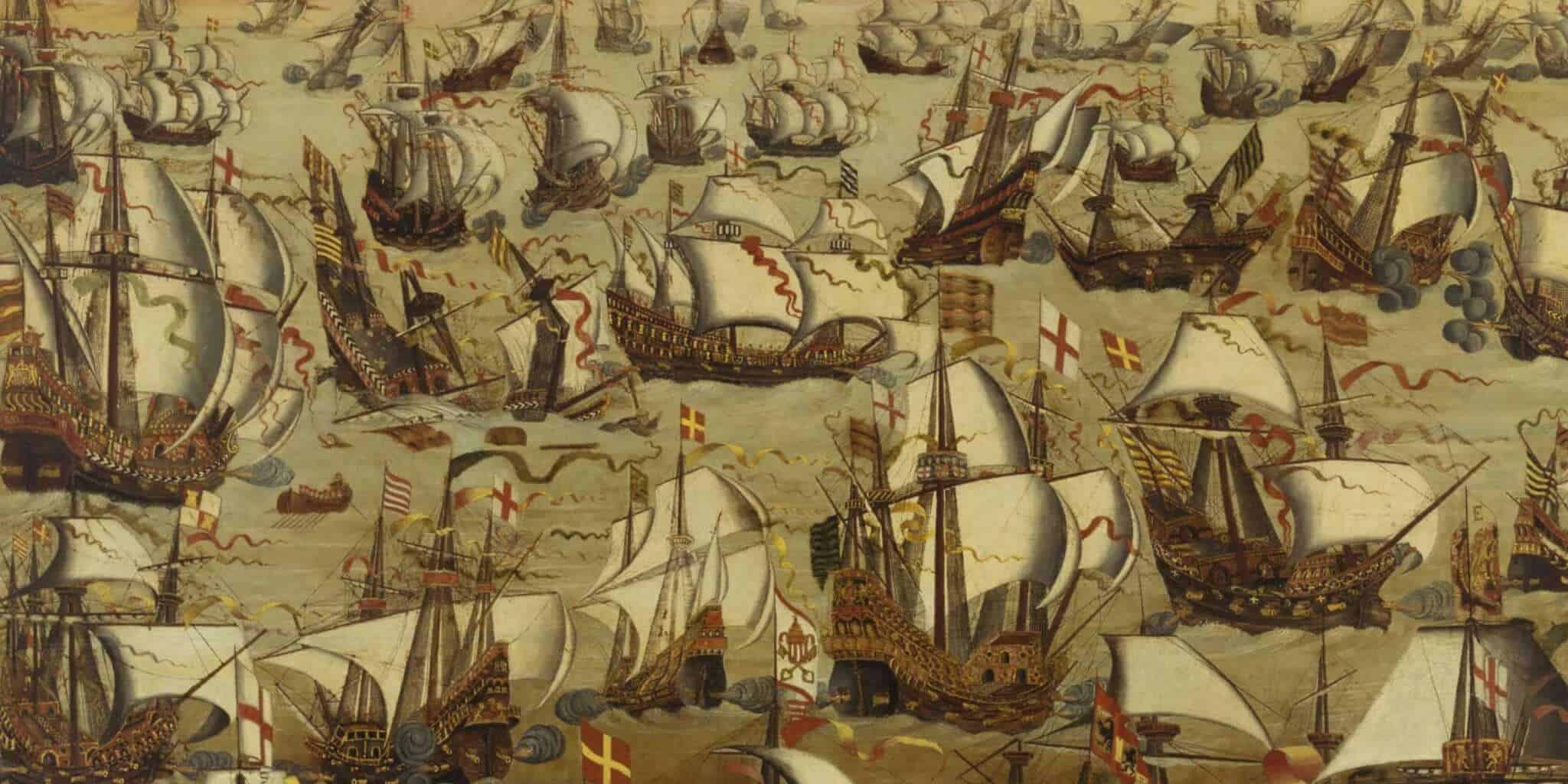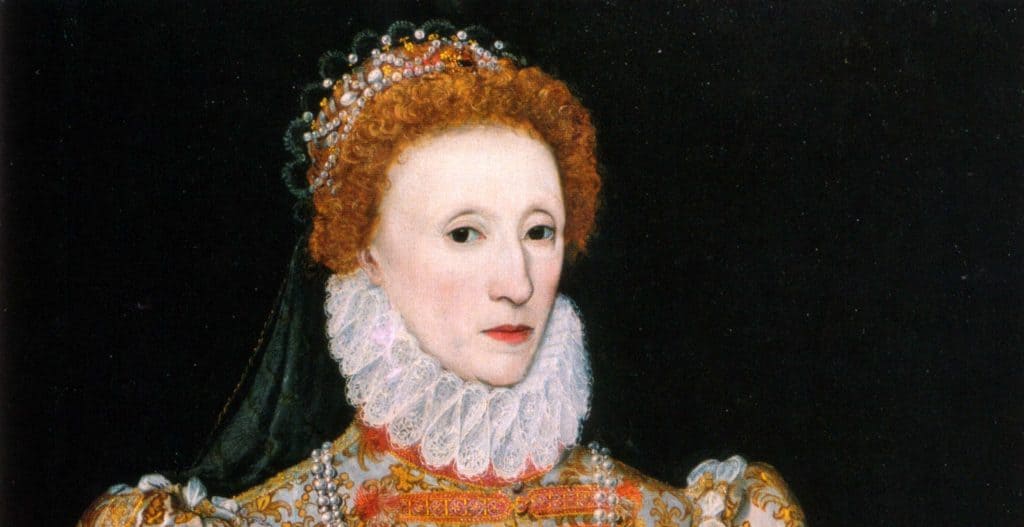On 6th April 1590 Sir Francis Walsingham died. Walsingham had been a loyal and important member of Queen Elizabeth I’s government and served as her “spymaster” for many years.
He was a crucial figure in Elizabethan times, running the Secret Service as well as serving as Secretary of State during times of international conflict, including the Spanish Armada. He is perhaps most well-known for his role in securing the grim fate of Mary Queen of Scots, showing his loyalty to his queen as well as his sense of public duty in the face of external threats.
Francis Walsingham was born around 1532 near Chislehurst in Kent to parents William and Joyce Walsingham. His father worked as a lawyer in London and played an important role in the investigation into Cardinal Thomas Wolsey. His mother was the daughter of the courtier Sir Edmund Denny, whilst her brother Sir Anthony Denny was one of the Gentlemen of the Privy Chamber of King Henry VIII. The Walsingham family therefore held several important connections to the royal court.
As a young man he would complete his education at King’s College Cambridge, followed by some years studying abroad, principally in France and Italy, before returning to England to begin his career as a lawyer, enrolling at Gray’s Inn in 1552.
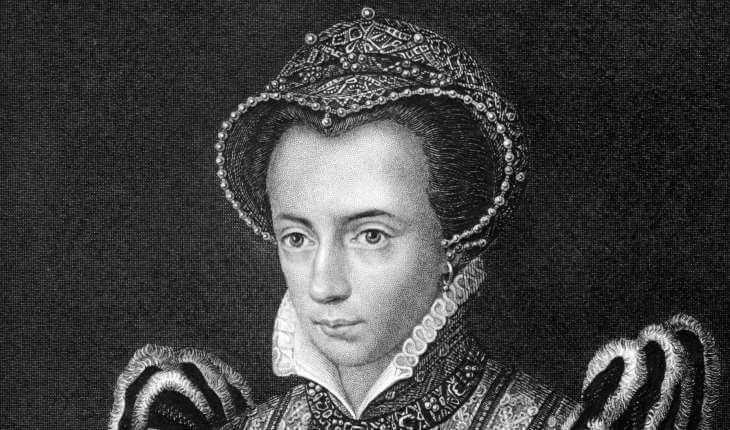
Walsingham was also devoutly Protestant. As a result of his commitment to his faith, he was exiled to Switzerland during the reign of Queen Mary I, a devout Catholic famous for her attempts to reverse the English Reformation. It was not until the death of Mary I and the succession of Protestant Elizabeth as queen that he could return home.
Walsingham returned to England alongside other fellow Protestant exiles including Francis Russell, 2nd Earl of Bedford, who would help him secure his first role in politics, first as a member of parliament for Bossiney, Cornwall and then as a MP for Lyme Regis in Dorset.
In the same year he married Anne, a widow and daughter of the Lord Mayor of London, Sir George Barne. Unfortunately after just two years of marriage she died, leaving Walsingham a widower.
Francis would go on to remarry, this time to another widow, Ursula St Barbe, the former wife of Sir Richard Worsley. It was via this marriage that Walsingham was able to secure the estates of Appuldurcombe and Carisbrooke Priory, both in the Isle of Wight. They had a daughter together, Frances.
In his political career, Walsingham found himself actively engaged in matters he felt strongly about, including support for the plight of the Protestant Huguenots in France. It was during these early political years that he attracted the attention of William Cecil, Lord Burghley who saw his potential.
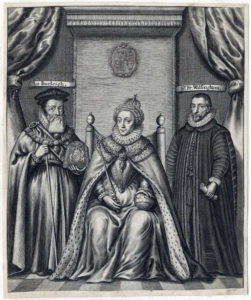
In 1568 he became Secretary of State and began overseeing intelligence gathering operations designed to foil plots to overthrow the queen. He soon amassed a large network of spies.
The threats to the crown had escalated considerably. In 1569 the Northern Uprising involved a number of Catholic nobles attempting to replace Elizabeth with Mary Queen of Scots. Only two years later another plan was foiled, the Ridolfi Plot, named after the instigator Roberto Ridolfi, an international banker who had been gaining support in his plan to assassinate Elizabeth. As the attempts on her life intensified, Francis Walsingham rose to the occasion as spymaster general.
In 1570 he was appointed ambassador to France which would have a great impact on his personal faith and conviction as he bore witness to the events on Bartholomew’s Day, a massacre of Protestants which would deeply affect him and colour his subsequent dealings with Catholics.
Walsingham’s attempts at negotiations with the French failed; an alliance looked unlikely and as he returned to England, he informed the Privy Council that Catholics in Europe would remain focused on Mary Stuart as a source of power against England. Walsingham saw Mary as a threat to the crown as long as she remained alive. He would prove instrumental in sealing Mary’s fate a few years later.
Upon his return to England he was appointed to the Privy Council and assumed the role of principal secretary. This was a role full of responsibility, involving both domestic and foreign affairs.
This new role saw him have further contact with Elizabeth I who initially held him in disdain on a personal level, whilst at the same time acknowledging his competencies in the role. In fact he was briefly dismissed from court over his handling of the arrangement of a proposed union between Elizabeth and François, duc d’Anjou.
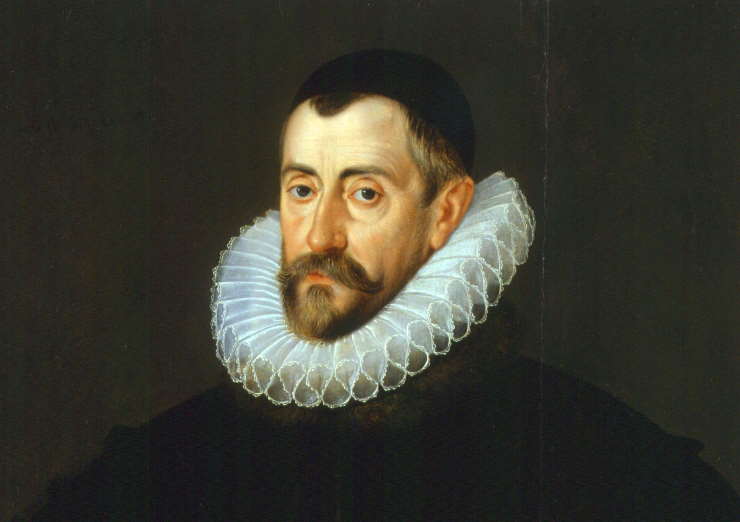
Nevertheless, despite the rocky relationship with the queen, his trustworthiness and loyalty to the crown allowed him to develop a vast network of spies and informants, acquiring intelligence and statistics which he would use to infiltrate Catholic conspiracy circles. Walsingham had created a professional secret service, even resorting to the use of double agents and prison informants.
He was successful in foiling a number of plots, for example the failed Throckmorton plot, foiled in November 1583 thanks to a spy in the French embassy. Walsingham was in contact with the spy who provided him with vital information regarding correspondence with Mary that was being carried through embassy channels.
The plan was subsequently quashed following the arrest of Francis Throckmorton, who was found with incriminating evidence including maps, invasion plans and a list of Catholic supporters. Eventually under torture, he would divulge the plan for Spanish and French troops to invade England. This led to English diplomatic ties to Spain being severed and the expulsion of the Spanish ambassador.
The most famous plot to be foiled was the one that would force Mary to face her executioner in 1587. The Babington Plot was named after Anthony Babington, one of the chief conspirators, who was planning with his accomplice, the Jesuit John Ballard, to assassinate Elizabeth I.
Walsingham crushed this attempt using his double agents and a cryptanalyst to uncover the plan and produce evidence which would ensure a guilty verdict for the Catholic cousin of Elizabeth. In August 1586 his spies inside Chartley Castle, where Mary was being held, intercepted and decoded encrypted communications which had been concealed in a beer barrel cork. The collated evidence was then sent to Walsingham, cementing Mary’s complicity in the plot, her desire to overthrow her cousin and her support for Elizabeth’s assassination.
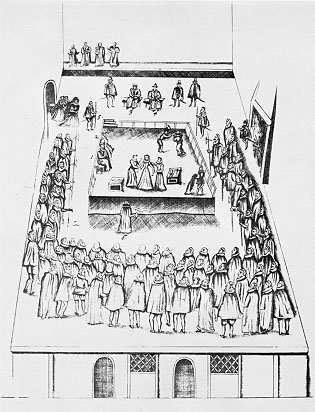
At the Fotheringay trial, the Lord High Treasurer made use of these communications to convict Mary and sentenced her to her execution. To the very end Mary pleaded her innocence but she was fatefully betrayed by her secretaries who validated the letters. She was sentenced to death on 8th February 1587.
Walsingham and his spy network would continue to play an important role for Elizabeth.
He began to prepare England for the possibility of war with Spain and ordered the reinforcement of Dover Harbour. He also crucially supported Francis Drake’s raid on Cadiz in 1587, also known as the singeing of the King of Spain’s beard, as it had a disastrous effect on Spanish forces and supplies.
Walsingham had helped to conceal the plans to launch a raid on the harbour at Cadiz by releasing false information about Drake’s plans to the English ambassador in Paris, who he correctly suspected of being in the pay of the Spanish.
By July 1588 the Spanish Armada was making its way to England. Walsingham meanwhile continued to gather important information and updates from naval officers, leading him to instigate the reinforcement of England’s coastal defences. His information and support of naval strategy was recognised by the naval commander Lord Henry Seymour after the successful defeat of the Armada.
Walsingham’s health began to fail and in the spring of 1590 he passed away, leaving behind a substantial legacy as “spymaster general”.
Jessica Brain is a freelance writer specialising in history. Based in Kent and a lover of all things historical.
